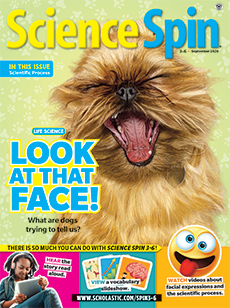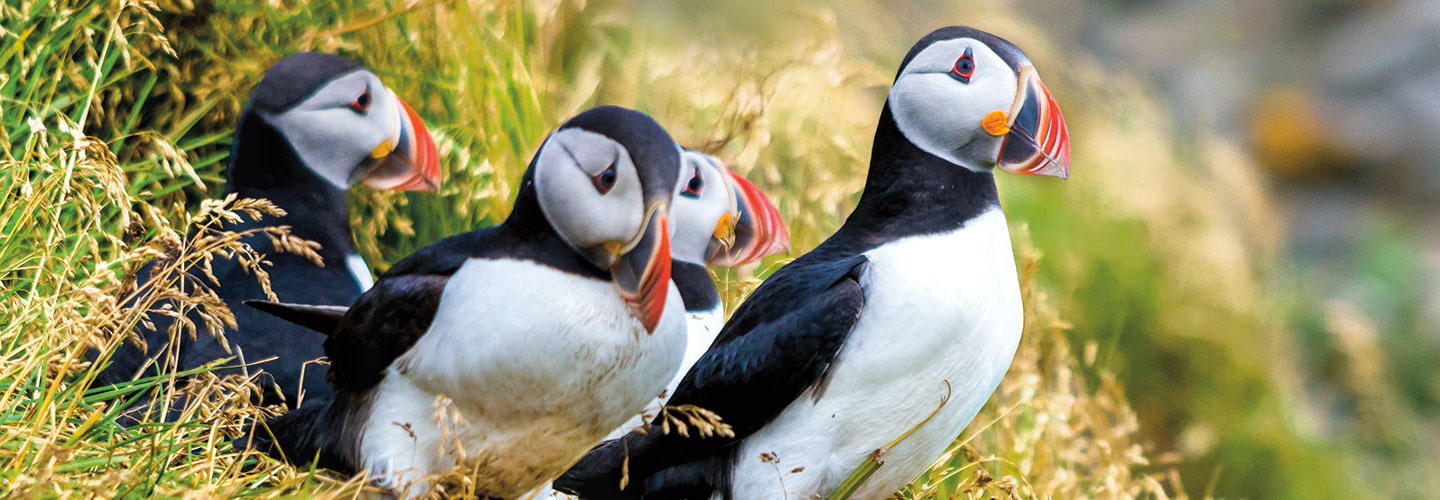COURTESY OF STEPHEN BROWNE
Addison Browne holds a baby puffin she rescued with the Puffin Patrol.
One night in August 2019, Addison Browne was in a parking lot in Witless Bay, a town in Newfoundland, Canada. She pointed her flashlight under a car. Addison found what she was looking for: a tiny, young, black and white bird called a puffin. It looked lost and frightened.
Addison, who is now 13, gently pulled the small bird out from under the car. She breathed a sigh of relief. The baby puffin, called a puffling, was unharmed.
Addison is part of the Puffin Patrol. Every summer, the group saves pufflings that have become lost on their way to the sea. Since 2010, the Puffin Patrol has rescued more than 4,000 birds.

